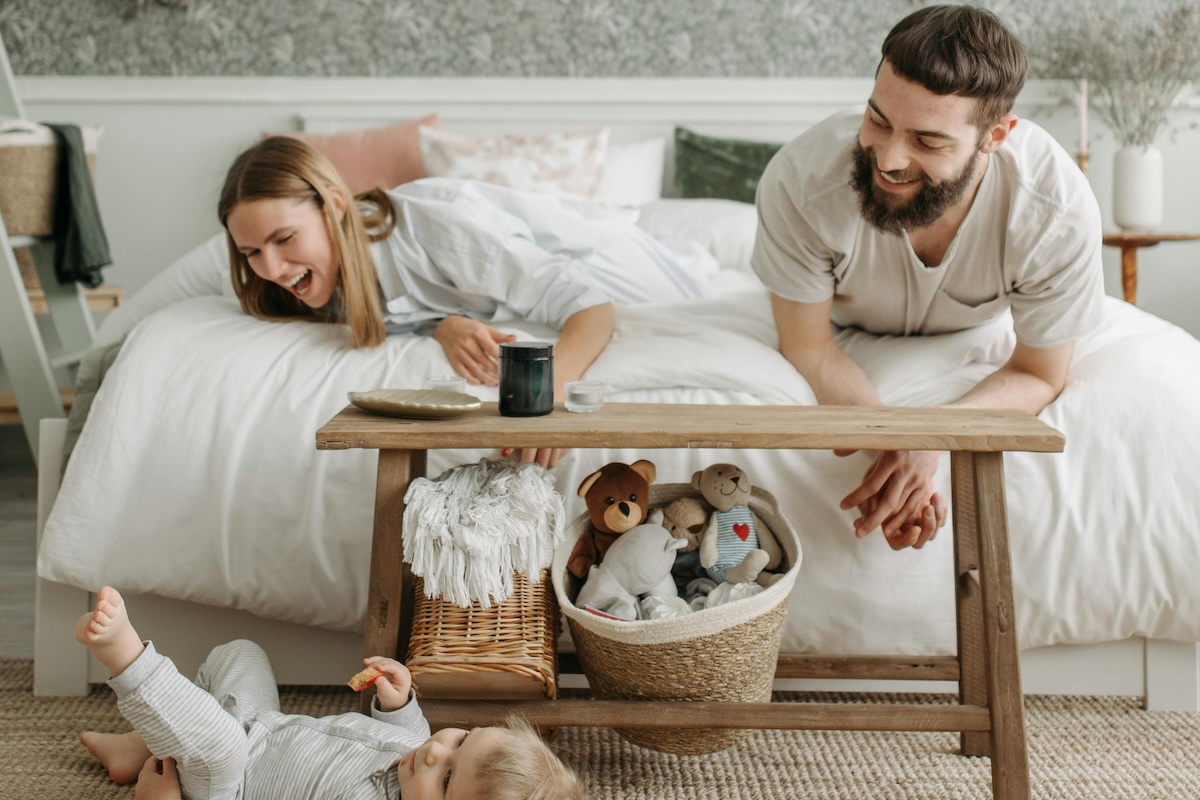Dealing with pelvic floor therapy after the birth of my first child. Unfortunately, things aren’t going well and I’m experiencing pelvic organ prolapse (POP). They say they can’t fully assess the severity until I’m done breastfeeding, but my search for answers says that’s iffy information. What does the data say in regard to POP? Is this common? Do mild cases usually correct themselves? Is there info on phasing out breastfeeding to heal “quicker”? Thanks!
—Also Emily
I’m glad you’re hooked up with pelvic floor therapy, and I’m sorry to hear that it’s still complicated. For the uninitiated, pelvic organ prolapse is a condition in which weakness in the pelvic floor muscles gets to the point where some organs may collapse into the vagina. This could be the uterus, the bladder, or the rectum. It’s not necessarily painful (although it can be), and you may be able to feel the organs in your vagina or possibly protruding.
Pelvic organ prolapse is common, and the risk increases with each vaginal birth. Estimates suggest that 3% to 6% of women have symptomatic prolapse, with up to 50% having some evidence of prolapse on vaginal examination.
Sometimes prolapse can be addressed with physical therapy (as you are getting). Randomized trials have shown that treatment with physical therapy can be effective. Women in trials who were randomized into therapy were six times as likely as those in control groups to say their symptoms improved. This is usually the first line of defense.
Surgery can also be an option for more severe cases, although it’s not necessarily a panacea. This treatment would be considered only after you are done having children, since another pregnancy could necessitate another surgery.
In terms of the particular role of breastfeeding: I am not completely sure of the claim here. There is some data showing that breastfeeding doesn’t increase the risk of prolapse in the long term, but that doesn’t seem precisely relevant. One possibility is that the issue relates to estrogen; although the data isn’t clearly supportive, there is some discussion about a role of estrogen in prolapse recovery. Since breastfeeding impacts your hormone balance, your therapist may have the view that until those normalize, it is hard to evaluate severity.
Bottom line: The therapy you are doing now is likely the first line anyone would recommend. Down the road, if things continue, surgery is a consideration.
Community Guidelines
















Log in